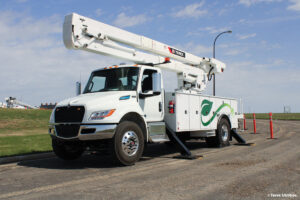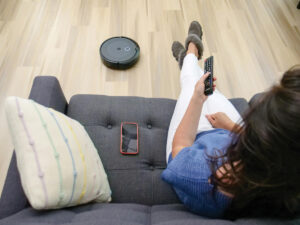Last month we left off talking about home automation, in particular, personal digital assistants such as Amazon’s Echo, powered by Alexa, and Google Home. Although these devices can automate functionality in your home, and help make it more efficient, this past month I found out the hard way they can be a little too efficient.
I had an unexpected, but always welcome, Amazon Box show up on my door step. Upon opening the box, my wife discovered a brand new ten-inch cast iron skillet. Neither my wife or myself ordered this new skillet, so how did it get ordered and shipped to my house? Well, it didn’t take long to realize that our four-year-old son had in fact ordered this new skillet. He uses our Amazon Echo Dot more than anyone else in the house.
Alexa, the personal digital assistant, can play many different interactive games that even a young boy can enjoy. In fact, many of them are educational. In addition to games, he also enjoys asking Alexa to play some of his favorite songs. It happens that his favorite band is called Skillet. It dawned on me that Alexa misinterpreted what he was asking and ordered an iron skillet, instead of playing his favorite band. We now have a passcode set up to prevent this from happening in the future!
One thing to consider when selecting home automation add-ons for your personal digital assistant is whether a hub is required. Some manufacturers require a hub in order for the smart device to be able to talk to your personal digital assistant. For instance, the Phillips Hue smart light bulbs cannot connect directly to an Amazon Echo or Google Home device without purchasing the hub. In fact, without the hub you can’t really do much with them. Not all devices require a hub, but almost all configurations require home Wi-Fi. There are devices that can interface directly with your digital assistant, or your smart phone, directly through Wi-Fi allowing you greater flexibility.
Lighting is usually one of the first things people consider for home automation. Many of the smart light bulbs range anywhere from $30- $50 each. Some of them can change colors, giving you the ability to setup what is called scenes, that can give you a nice effect of colors to suit your style. The price can add up quickly if you intend on automating all the lighting in your home.
Another option would be to install smart light switches. Smart switches simply replace your existing switch in the wall and connect through your Wi-Fi. The benefit of using a smart light switch is you don’t have to replace any of your existing light bulbs. All lights on that switch can now be controlled using your digital assistant, cell phone or tablet. These smart switches also give you the ability to control other items, such as ceiling fans, that can be controlled by a standard light switch.
Similar to the smart light switch is the smart wall outlet. Again, this smart outlet simply replaces your standard wall outlet. Or, you can purchase a smart outlet that plugs into an existing outlet. Just like a compact power strip, it gives you the ability to turn any existing outlet into a smart outlet without the need for complex wiring.
I bring up these many options to point out that it is important to plan your setup carefully, so it meets your needs. You can see how your home automation system can get very complex, and I haven’t even begun to scratch the surface. Much of this new technology is still in its infancy stage and will only continue to get better.
I am still learning about what can and can’t be done, as well as what systems work well together. Although, it appears my four-year-old son might be ahead of the game. Maybe I’ll ask him for help with my next home automation project.










